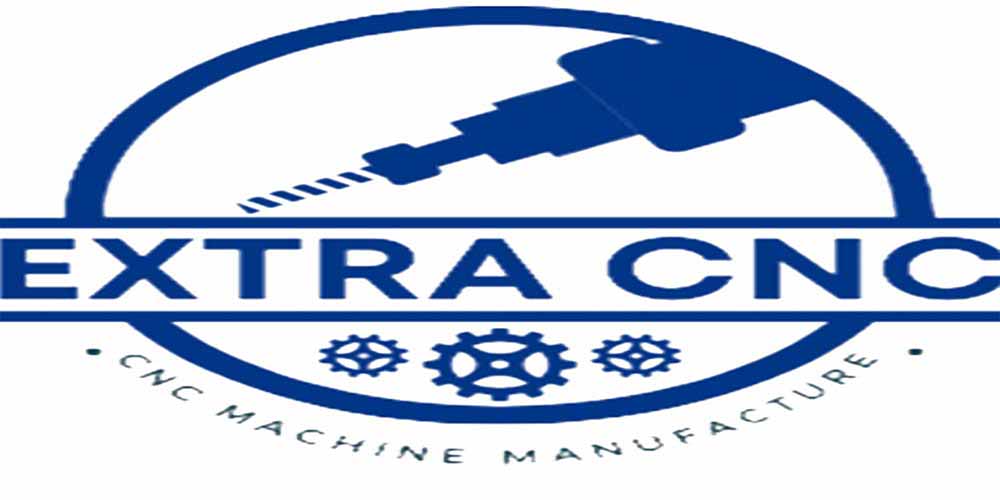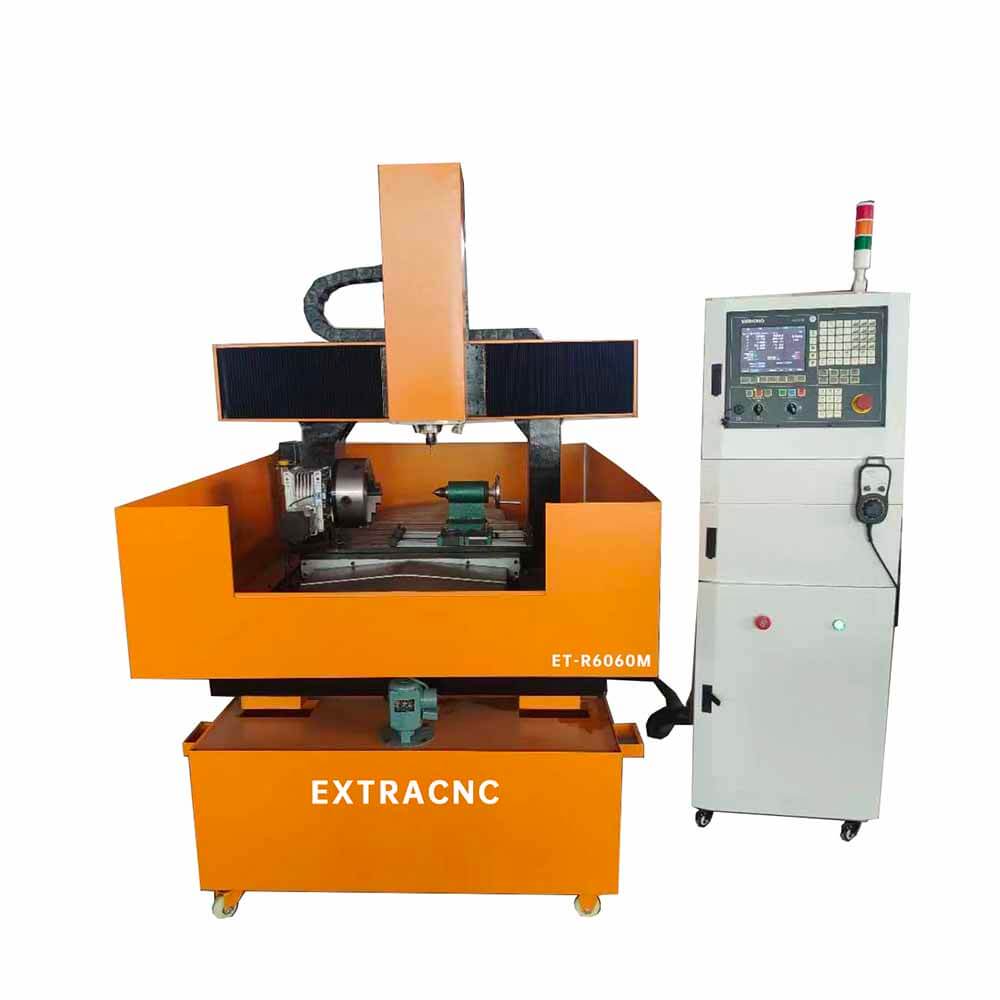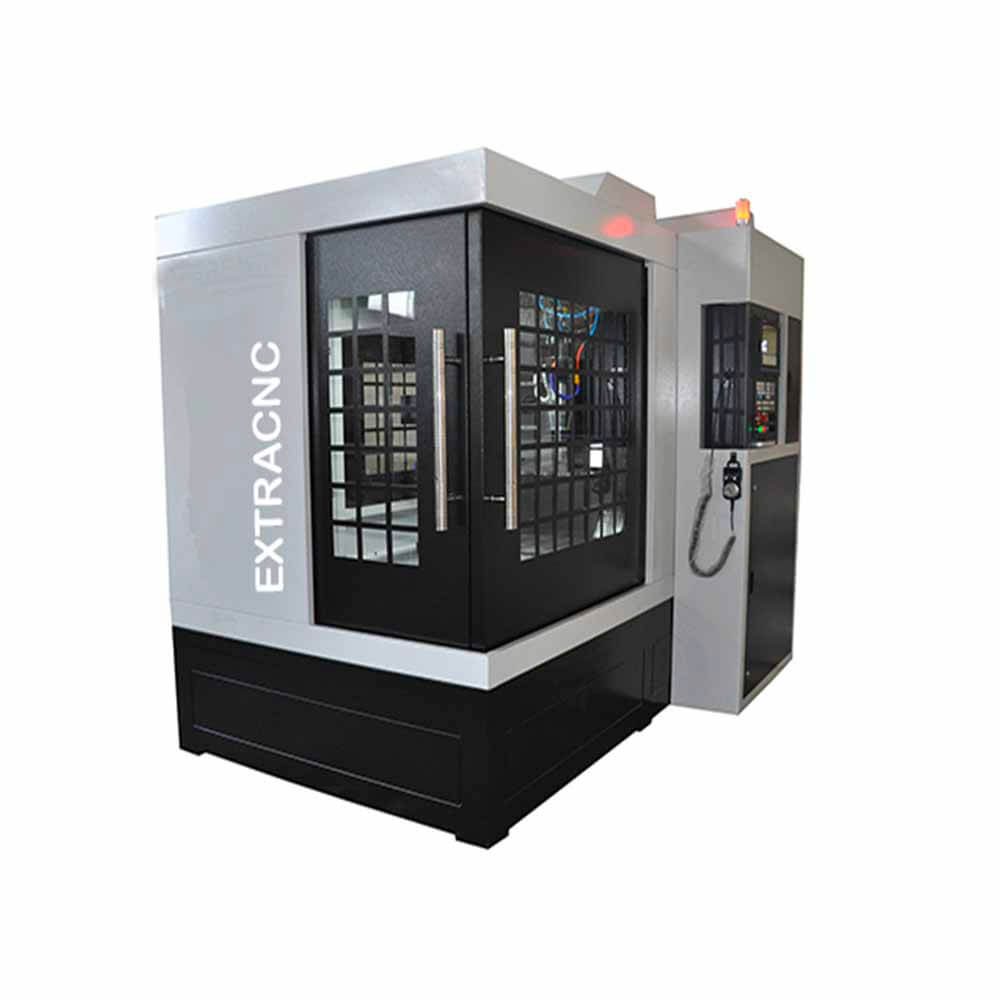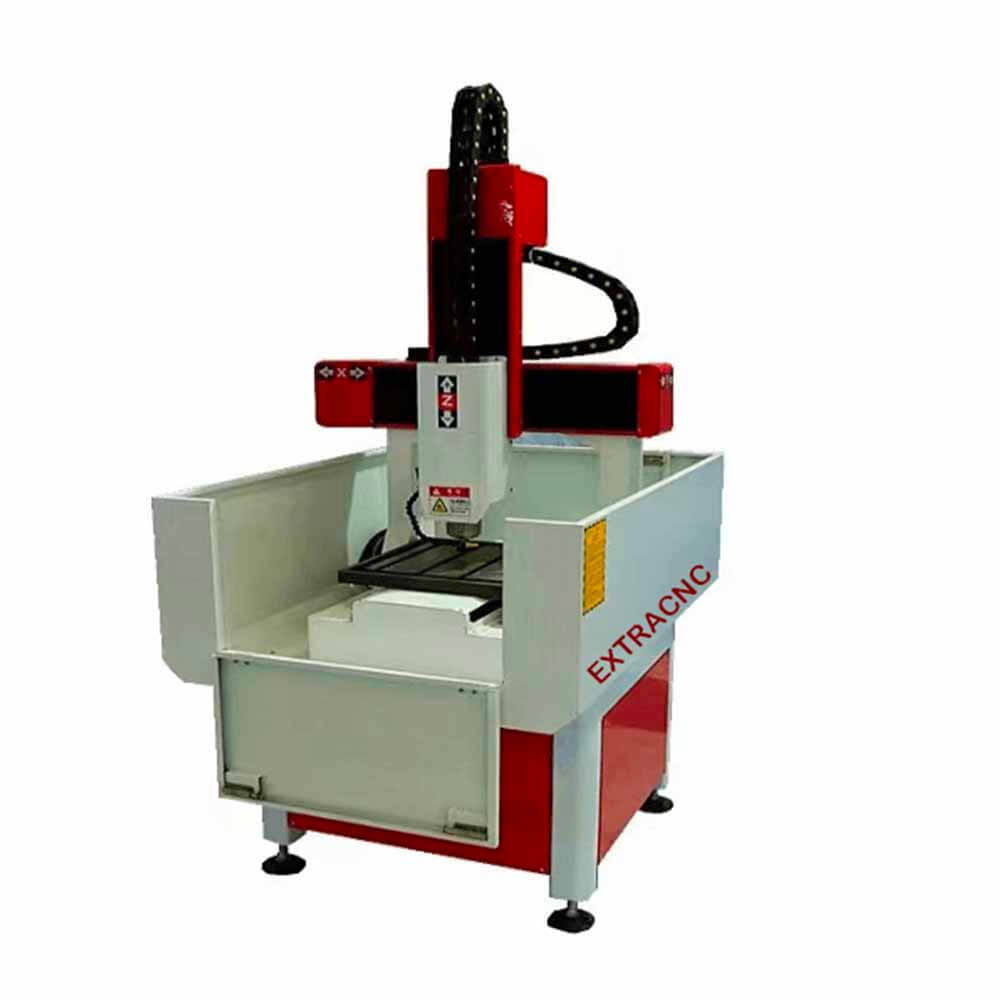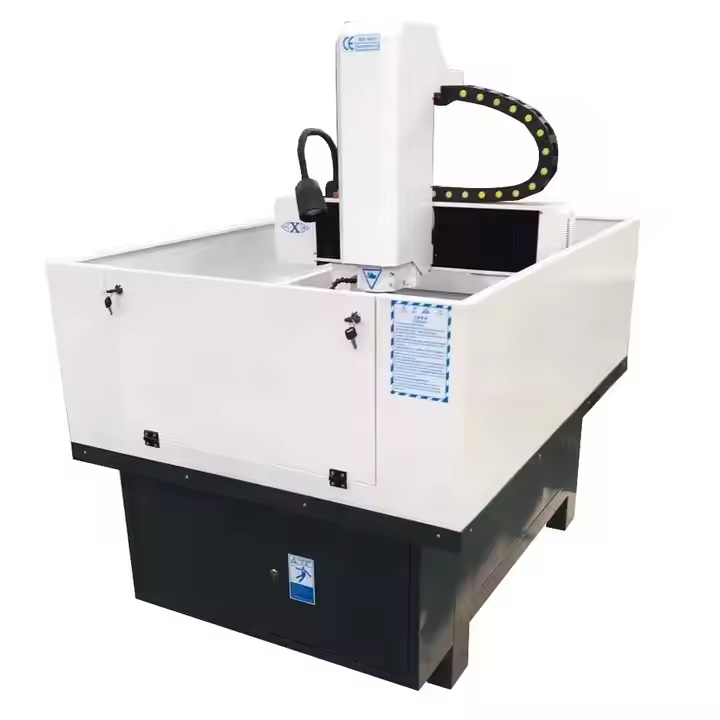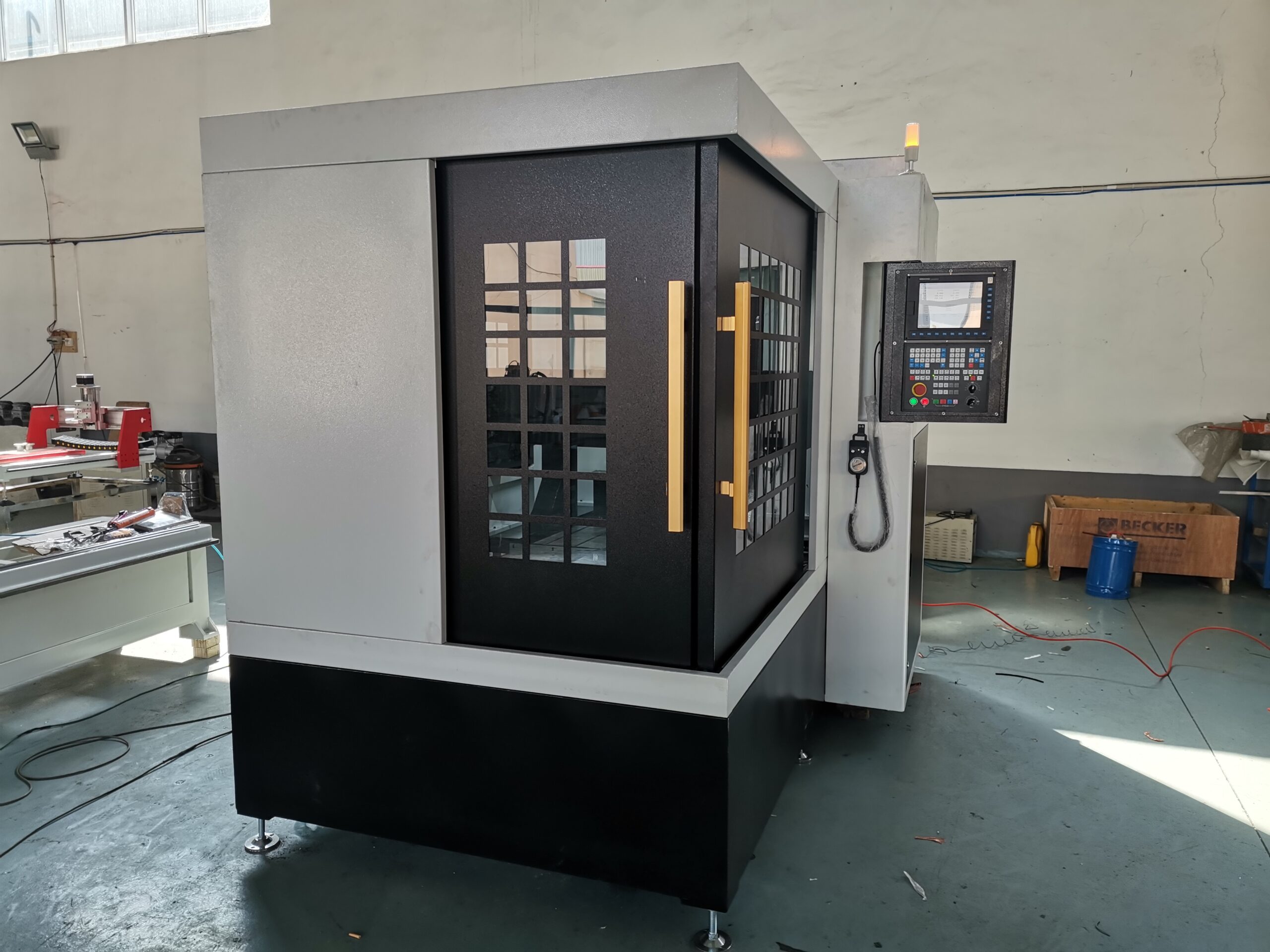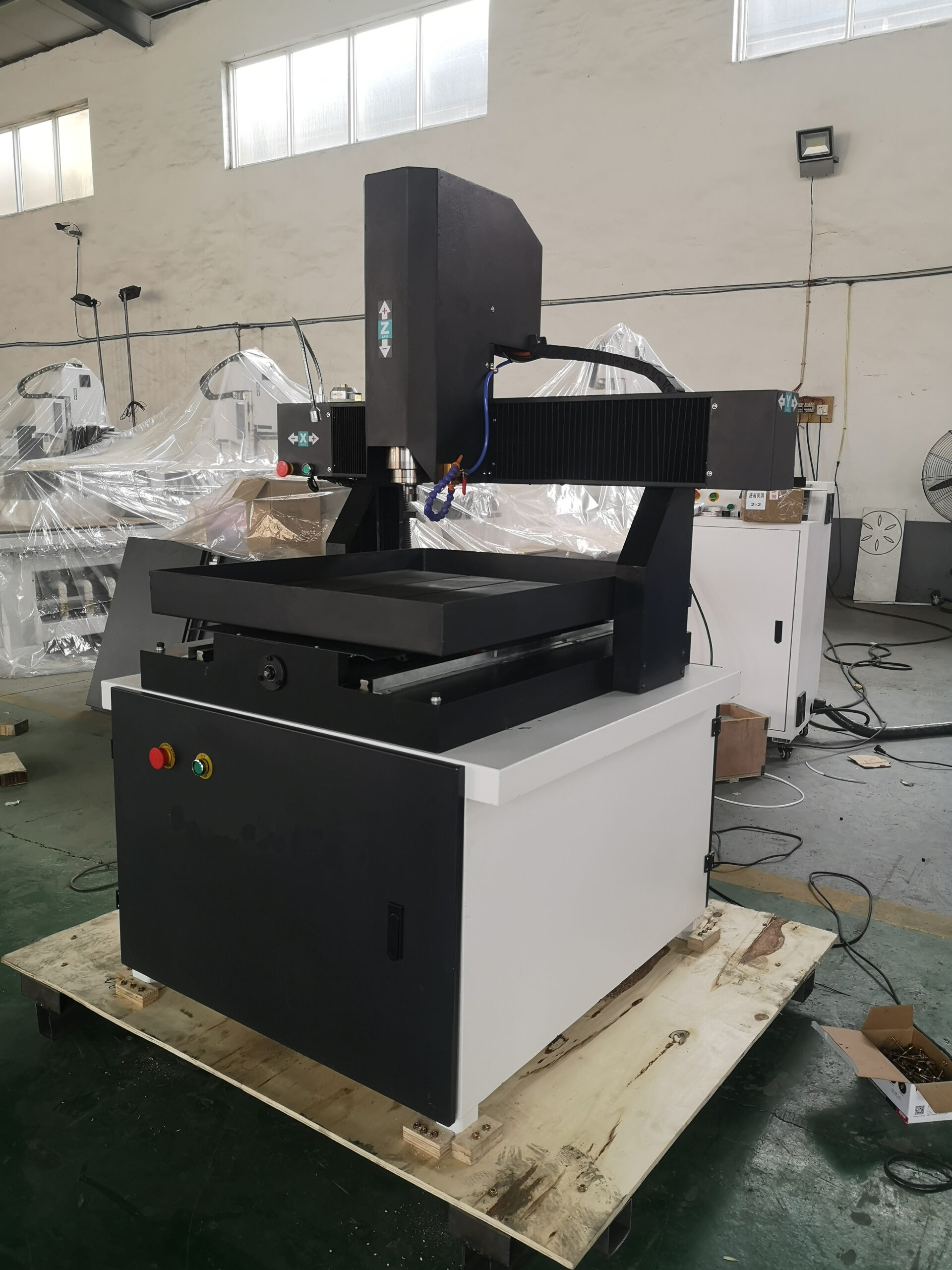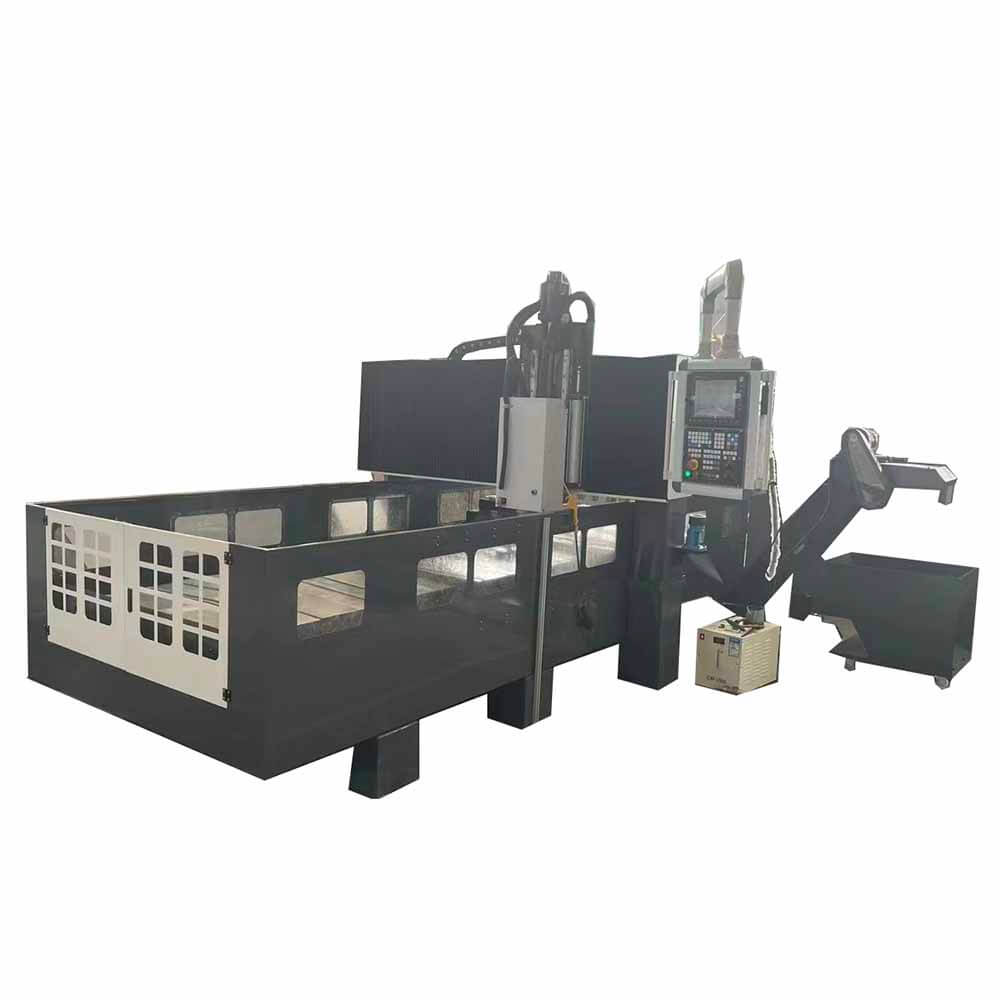
Metal Milling Machines
Metal Milling Machines mao ang importante nga mga himan sa modernong manufacturing, nga gigamit alang sa pagporma ug machining metal nga mga materyales nga adunay taas nga katukma. Kini nga mga makina naglihok pinaagi sa pagtuyok sa usa ka himan sa pagputol batok sa usa ka workpiece, pagtangtang sa materyal aron makahimo og piho nga mga porma, gidak-on, ug pagkahuman. Adunay ubay-ubay nga mga matang sa mga makina sa paggaling, lakip ang bertikal, pinahigda, ug CNC (Computer Numerical Control) nga mga bersyon. Ang CNC metal milling machine labi ka popular tungod kay naghatag kini og advanced automation, nga nagtugot alang sa makuti ug balik-balik nga pagputol nga adunay gamay nga interbensyon sa manwal. Kini naghimo kanila nga sulundon alang sa paghimo sa mga komplikado nga mga bahin nga adunay taas nga katukma, sama sa mga gear, shaft, sangkap sa makina, ug mga hulmahan. Ang mga makina makahimo sa lain-laing mga gimbuhaton, sama sa drilling, boring, tapping, ug contour milling, nga naghimo kanila nga versatile alang sa usa ka halapad nga mga aplikasyon. Ang mga makina sa paggaling sa metal kaylap nga gigamit sa mga industriya sama sa automotive, aerospace, depensa, ug paghimo sa agup-op, diin hinungdanon ang taas nga kalidad, lig-on nga mga bahin. Uban ang katakus nga makab-ot ang hugot nga pagtugot ug makuti nga mga detalye, kini nga mga makina hinungdanon alang sa pagpauswag sa pagka-produktibo, pagkunhod sa mga gasto sa produksiyon, ug pagpadayon sa pagkamakanunayon sa proseso sa paghimo.
Metal Milling Machines: Katukma ug Episyente alang sa Metalworking Industries
Mga makina sa paggaling sa metal mga kinahanglanon nga himan sa industriya sa paggama, nga makapahimo sa tukma ug episyente nga pagputol, pagporma, ug pagtapos sa mga bahin sa metal. Kini nga mga makina naggamit sa mga rotary cutter aron makuha ang materyal gikan sa usa ka workpiece, kasagaran metal, ug hinungdanon sa mga industriya sama sa aerospace, sakyanan, pagtukod, ug paghimo sa himan. Nagproduce ka man komplikado nga mga bahin sa metal, mga gear, o naandan nga mga sangkap, metal milling machine gikinahanglan alang sa modernong manufacturing.
Kinsa Naggamit ug Metal Milling Machines?
Mga makina sa paggaling sa metal gigamit sa lainlaing mga industriya ug mga propesyonal, lakip ang:
Mga tiggama sa awto: Alang sa paghimo sa mga sangkap sa makina, mga bahin sa transmission, ug uban pa metal nga mga bahin nga nanginahanglan taas nga katukma ug kalig-on.
Mga inhenyero sa aerospace: Sa paghimo mga sangkap sa eroplano, lakip ang mga blades sa turbine, mga istruktura sa pako, ug landing gear.
Konstruksyon ug makinarya sa industriya: Alang sa paghimo og mga bahin sama sa mga braket, mga sakayan, ug mga frame sa makina nga nagkinahanglan sa katukma ug kalig-on.
Toolmakers ug die makers: Para sa pagprodyus mga himan sa pagputol, mamatay, ug mga agup-op gigamit sa paghimo sa ubang mga produkto.
Mga tindahan sa trabaho: Alang sa paghimo og mga custom nga mga bahin ug mga prototype sa gagmay nga mga batch, gipahaum sa mga detalye sa kliyente.
Mga mahiligon ug hobbyist sa DIY: Para sa mga proyekto sa metalworking nga nakabase sa balay nga nanginahanglan sa katukma ug kontrol.
Unsa ang Metal Milling Machines?
Mga makina sa paggaling sa metal mga advanced CNC (Computer Numerical Control) mga makina nga gigamit alang sa pagputol, pagporma, ug paghuman sa mga metal nga workpiece nga adunay katukma. Naglihok sila gamit ang rotating mga milling cutter sa pagtangtang sa materyal gikan sa usa ka solid metal workpiece, paghimo sa lain-laing mga porma ug gidak-on base sa digital nga mga disenyo. Ang makina makalihok ubay sa daghang mga wasay, kasagaran X, Y, ug Z, aron makahimo og komplikado nga mga porma, mga lungag, ug mga contour sa materyal.
Kini nga mga makina adunay daghang mga klase, lakip ang:
Vertical milling machines: Diin ang spindle vertically oriented, maayo alang sa paghimo sa tukma nga pagputol ug patag nga mga nawong.
Horizontal nga mga makina sa paggaling: Diin ang spindle pinahigda nga gipunting, mas maayo alang sa mas bug-at ug mas lapad nga mga operasyon sa pagputol.
Mga makina sa paggaling sa CNC: Diin ang makina kontrolado sa usa ka kompyuter, nga nagtugot sa automation ug komplikadong mga operasyon.
Asa Gigamit ang Metal Milling Machines?
Mga makina sa paggaling sa metal nagtrabaho sa daghang mga sektor, lakip ang:
Paggama: Alang sa dinaghang produksyon sa metal nga mga bahin, sama sa mga braket, mga shaft, ug mga flanges, gigamit sa industriya sa automotive, aerospace, ug heavy equipment.
Himan ug die making: Aron makahimo og mga himan, dies, ug molds nga gigamit sa pagporma sa ubang mga materyales o produkto.
Pag-uswag sa prototype: CNC milling machines nagtugot alang sa paglalang sa mga prototype sa metal nga mga sangkap nga adunay taas nga katukma ug ubos nga lead time.
Pag-ayo ug pagmentinar: Ang mga makina sa paggaling gigamit sa pag-ayo ug pag-ayo sa mga bahin sa metal sa lainlaing mga industriya, nga nagtanyag sa katukma kung gipahiuli ang mga makinarya.
Pasadya nga metalworking: Alang sa paghimo sa naandan nga mga bahin sa metal alang sa mga industriya sama sa elektroniko, medikal nga mga himan, ug mga butang sa konsumidor.
Kanus-a Nahimong Importante ang Metal Milling Machines?
Ang pag-imbento sa mga makina sa paggaling nagsugod balik sa ika-19 nga siglo, apan ang kaylap nga pagsagop sa CNC teknolohiya nagbag-o sa industriya sa ulahing bahin sa ika-20 nga siglo. Mga makina sa paggaling sa CNC Gitugotan ang mga tiggama nga makab-ot ang mas taas nga katukma, labi ka epektibo, ug ang abilidad sa paghimo sa mga komplikado nga bahin nga dali. Karon, metal milling machine usa ka kinahanglanon nga bahin sa modernong paggama, nga nagtanyag dugang nga pagka-flexible ug versatility sa lainlaing mga aplikasyon sa metalworking.
Ngano nga Importante ang Metal Milling Machines?
Katukma ug Katukma: CNC metal milling machine paghatud sa dili hitupngan nga katukma, nga naghimo kanila nga sulundon alang sa paghimo sa komplikado nga mga bahin sa metal nga nanginahanglan hugot nga pagtugot, sama sa mga gear, mga balbula, ug mga sangkap sa turbine.
Dugang nga Produktibo: Uban sa automation nga gihatag sa CNC, metal milling machine mahimo nga magpadayon nga molihok, makunhuran ang mga oras sa produksiyon ug maminusan ang peligro sa sayup sa tawo. Kini hinungdanon alang sa mga industriya nga nanginahanglan taas nga gidaghanon sa produksyon ug pagkasubli.
Pagkadagaya sa mga Aplikasyon: Ang mga makina sa paggaling sa metal makahimo sa pagdumala sa daghang lainlain nga mga materyales, lakip aluminyo, stainless steel, titanium, ug tumbaga, ug gigamit sa daghang lain-laing mga aplikasyon, gikan sa automotive sa aerospace ug sa unahan.
Gipakunhod ang Gasto sa Trabaho: Ang pag-automate sa kamahinungdanon nagpamenos sa panginahanglan alang sa manwal nga pagtrabaho, pagpaubos sa gasto sa pag-operate ug pagpauswag sa kinatibuk-ang kahusayan sa produksiyon. Dugang pa, ang abilidad sa paghimo komplikado nga mga porma nga walay halapad nga manual input dugang nga makapauswag sa pagka-epektibo sa gasto.
Pag-customize ug Prototyping: Ang mga makina sa paggaling sa metal perpekto alang sa paghimo og kostumbre metal nga mga bahin ug mga prototype, nga nagtugot sa mga inhenyero sa pagsulay ug pagpino sa mga disenyo sa dili pa ang mass production.
Dugang nga Kaluwasan: Moderno Mga makina sa paggaling sa CNC gidisenyo uban sa mga bahin sa kaluwasan sama sa automatic shutoffs ug protective enclosures, pagkunhod sa mga risgo nga nalangkit sa manual milling.
Giunsa Paglihok ang Mga Makina sa Metal Milling?
Yugto sa Disenyo: Ang disenyo nagsugod sa CAD (Computer-Aided Design) software, diin ang mga inhenyero ug tigdesinyo naghimo ug detalyado nga mga blueprint sa gusto nga metal nga bahin. Ang disenyo nagtino sa mga sukod, mga bahin, ug bisan unsa nga gikinahanglan nga mga pagtugot.
Pagprograma sa CAM: Ang disenyo sa CAD gi-import ngadto sa CAM (Computer-Aided Manufacturing) software, nga nag-convert sa disenyo ngadto sa sunod-sunod nga tukma nga mga toolpath, nga sagad girepresentahan sa G-code. Kini nga code nagdiktar sa paglihok sa makina sa lainlaing mga wasay.
Pag-setup sa Materyal: Ang metal nga workpiece gisiguro sa worktable sa milling machine, nga mahimong i-adjust alang sa lain-laing mga gidak-on ug mga configuration. Ang workpiece kanunay nga gihuptan sa lugar gamit mga clamp o mga bisyo aron masiguro nga kini magpabilin nga lig-on sa panahon sa machining.
Proseso sa Paggaling: Ang CNC nga sistema nagkontrolar sa paglihok sa kalinyasan ug ang workpiece ubay sa daghang mga wasay aron sa pagputol, pag-drill, o pagporma sa metal. Ang rotating cutting tool nagtangtang sa materyal sumala sa na-program nga mga instruksyon.
Pagtapos sa mga Operasyon: Human makompleto ang nag-unang machining, dugang nga mga proseso sama sa sanding, pag-deburring, o pagpasinaw mahimong gikinahanglan sa pagpino sa ibabaw nga finish ug sa pagsiguro nga ang katapusan nga bahin makab-ot sa kalidad nga mga sumbanan.
Mga Kaayohan sa Metal Milling Machines
Taas-kalidad nga mga Resulta: Ang mga makina sa paggaling sa CNC naghimo tukma nga mga bahin sa metal nga adunay hugot nga pagtugot, pagsiguro nga ang matag sangkap nakab-ot ang labing taas nga mga sumbanan alang sa kalidad ug kalig-on.
Dugang nga Episyente: Uban sa abilidad sa pag-operate sa tibuok nga orasan ug pagdumala sa komplikado nga mga buluhaton nga awtonomiya, ang CNC milling machines nagtanyag sa dili hitupngan nga kahusayan ug mas paspas nga mga oras sa turnaround.
Pagdumala sa Komplikado: Ang mga makina sa paggaling sa metal maayo alang sa paghimo komplikado nga geometries ug makuti nga mga bahin nga lisud o imposible nga makab-ot sa tradisyonal nga mga pamaagi sa paggama.
Pagdaginot sa Gasto: Pinaagi sa pagkunhod sa gasto sa pagtrabaho, materyal nga basura, ug mga panahon sa produksyon, metal milling machine nagtanyag ug taas nga return on investment (ROI).
Pag-customize ug Flexibility: Kung kinahanglan nimo ang usa ka us aka mga prototype o daghang mga batch sa mga bahin, ang mga makina sa paggaling sa CNC dali nga ma-reprogram aron matubag ang pagbag-o nga mga panginahanglanon, nga himuon kini nga labi ka magamit alang sa lainlaing mga proyekto.
Panapos
Mga makina sa paggaling sa metal adunay hinungdanon nga papel sa modernong paggama, nga nagtanyag taas nga katukma, dugang nga produktibidad, ug kaarang sa daghang mga industriya. Kung nagproduce ka naandan nga mga bahin sa metal, paggama sa masa mga sangkap sa aerospace, o paghimo komplikado nga mga himan ug mamatay, Mga makina sa paggaling sa CNC paghatag sa katukma ug kahusayan nga gikinahanglan aron matubag ang mga gipangayo sa modernong metalworking. Pinaagi sa pag-automate sa proseso sa paggaling, kini nga mga makina dili lamang nagpauswag sa mga kapabilidad sa produksiyon apan nagsiguro usab sa pagkamakanunayon ug taas nga kalidad nga mga resulta.
Alang sa mga tiggama nga nagtinguha sa pagpahapsay sa mga operasyon, pagpalambo sa kalidad, ug pagpakunhod sa gasto sa produksyon, pagpamuhunan sa usa ka metal milling machine mao ang usa ka maalamon nga pagpili nga naghatag ug long-term nga mga benepisyo.
